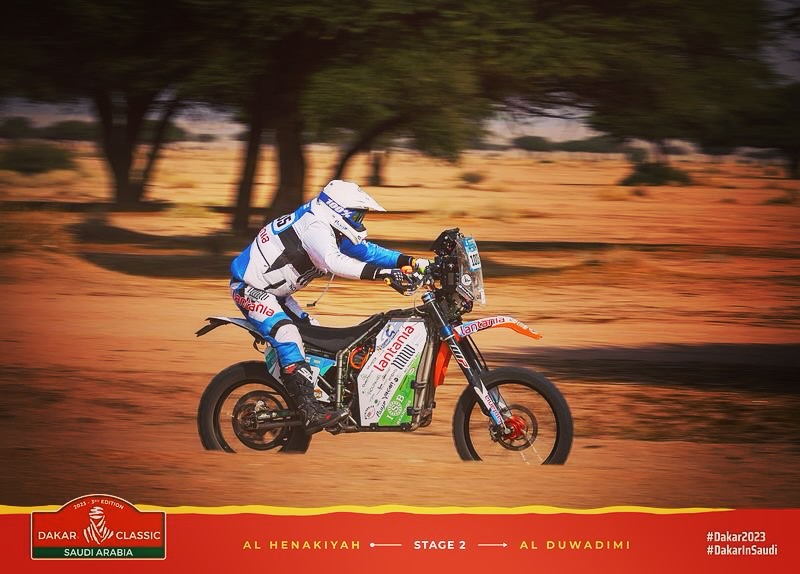
What would you have said ten years ago if you were told about crossing the desert with an electric motorcycle? Yet the craziest race in the world this year featured alternative vehicles for the first time. And there was also a little bit of Epaddock, in the person of our Spanish contributor Elias Bel Mestres, who here tells us how it went (although you may have already seen it...)
The Dakar is that race where, when you think it can't get any worse, ... it gets worse. Elias smiles as he says this, but it is clear that he is no joke: it is called "experience." Elias Bel Mestres is a technician and researcher in the renewable energy field and a motorcycle enthusiast. Traditional ones and then putting his two vocations together and electric ones. A Catalan, he has been Epaddock's collaborator in Spain since 2019. As a technical advisor to Wattpower Racing, a few weeks ago, he lived a dream: to participate in the Dakar Future Mission 1000, the ambitious program that wants to bring Dakar to a zero-emission event by 2030. And which, already this year, has seen futuristic electric motorcycle models competing. The adventure was tough and frustrating, just as you would expect, but also fantastic, adrenaline-pumping, and more rewarding than can be described.
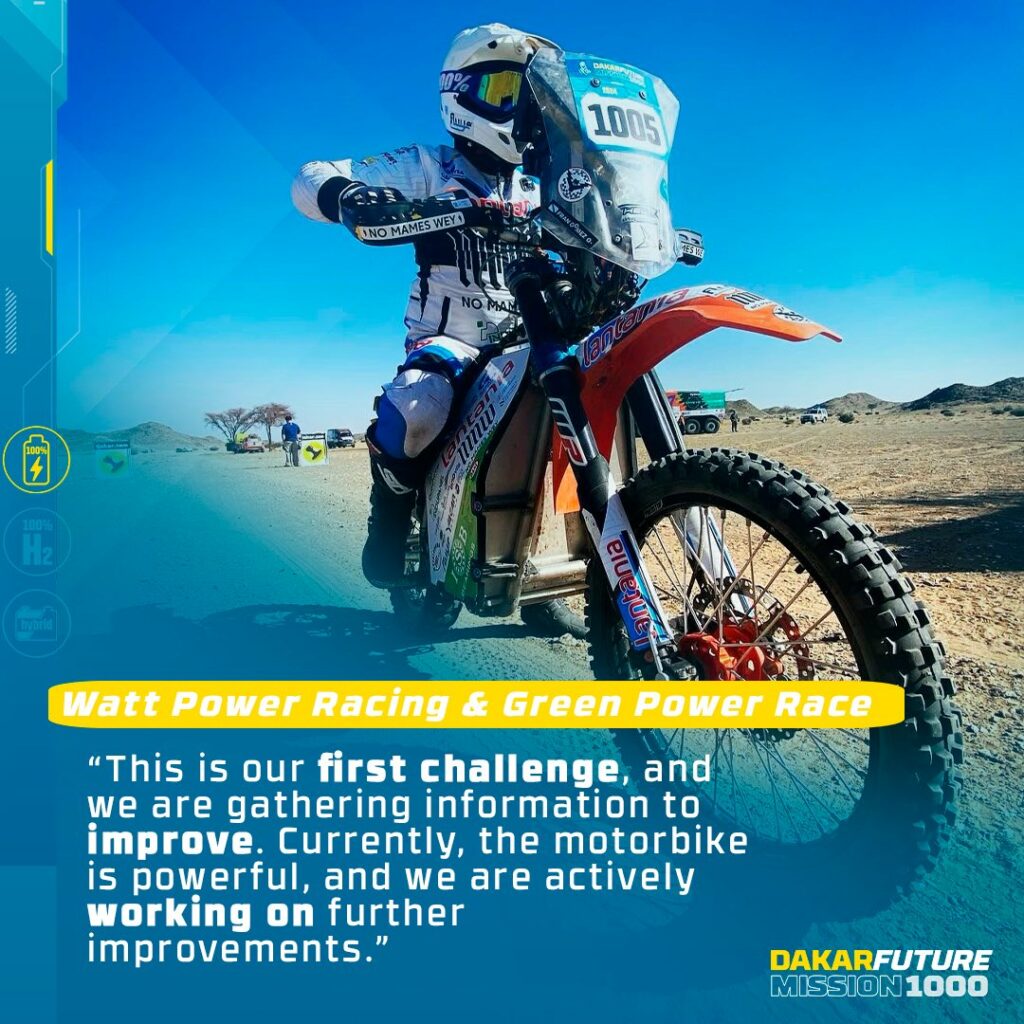
“Consider – explains Elias – that since I was little I went crazy for the TV reports dedicated to that African adventure called Paris-Dakar. I greatly admired those pioneers of the hardest race in the world, I envied them, for many years I actually thought that I could never be like them. But, with the advent of electrical technology, a new, unthinkable opportunity presented itself to me."
Elias wanted to be part of the history of Dakar: to be like the riders he mythologized, those who "regardless of their successes or failures, left their mark and are still remembered today for their vehicles and their customizations."
The possibility began to materialize in 2017, when Elias met the other members of Wattpower Racing and decided to combine strengths, passions and skills to develop a first electric prototype: with that vehicle they took part in a Baja-Aragon, a rally raid held in Spain . “The results were not so good – says Elias – but the reality is – and time has taught us – that when you are a pioneer in something you should enjoy taking the path without expecting anything in return. Well, nothing in return isn't entirely true either... what is true is that you have to know how to be satisfied, simply enjoying every step you take."
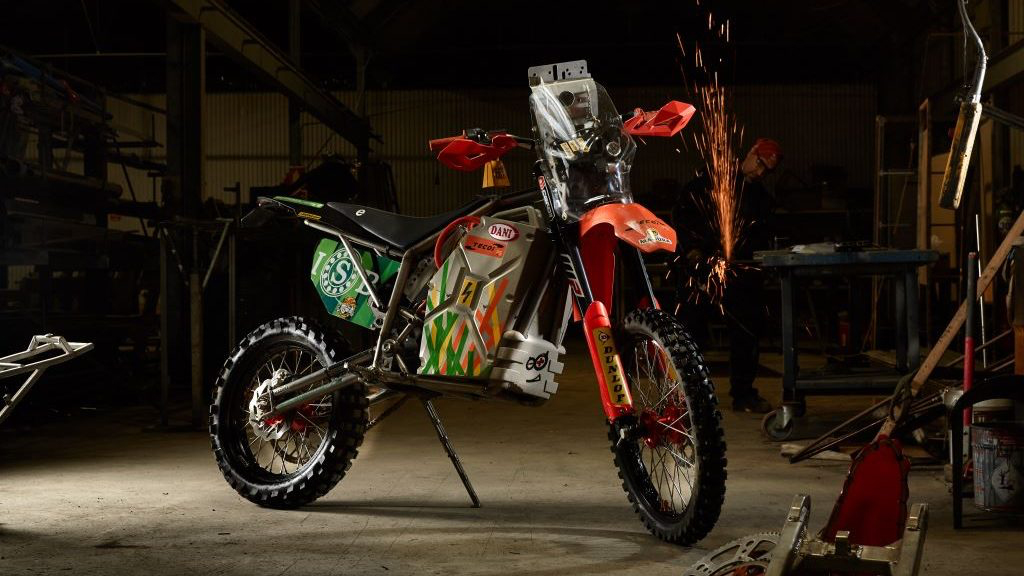
With this philosophy, three different versions of their bike and several tests, Wattpower Racing arrives in 2024, perfectly ready for the moment when the organizer of the Dakar announced the creation of the new Dakar Mission 1000 category. “Obviously, we immediately felt it was our big chance! Our Wattbike conquers the Arabian desert! – Elias still exudes excitement – We had a 21kWh battery at our disposal with very interesting performances and a peak engine power of 50 kW, with a chassis designed for the worst conditions of the Dakar… the only thing that we knew penalized was the weight, given that our bike weighed up to 210 kilos... this made it a complex bike to ride in the soft dunes. For this reason, we chose a rider who already knew the dunes of the Dakar: the Galician Francisco Gomez Pallas."
From the first moment, Dakar took care of making the team understand that it would not make our life easy: in the preliminary tests, faults and problems emerged that had never manifested themselves in any of the tests in Spain and Elias, the project's technical consultant, slept 4 hours in three days. Not a bad start.
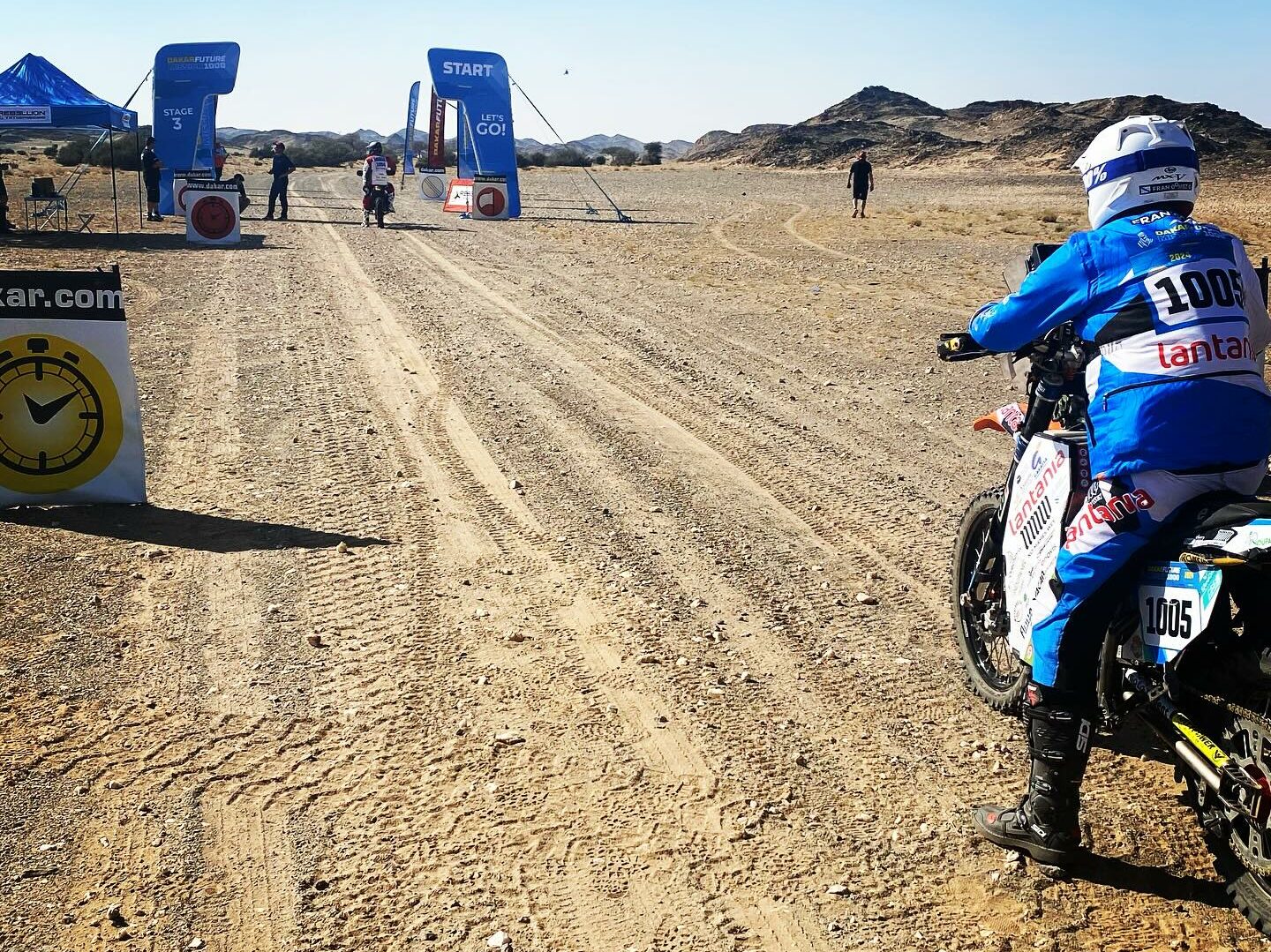
“But then we started after an exceptional prologue, in which we managed to set the second best time in the scratch test for the motorcycle category – says Elias – The first week of special tests, despite some mechanical issues, made us dream: it allowed us to see our bike and our rider at the top of the rankings despite some penalties due to having missed a waypoint. Navigating in the electric category is particularly important because it forces you to cover extra kilometres that sometimes you don't have or which forces you to slow down your pace a lot. Shortly before the rest day, however, we started the “Empty Quarter” stage, a very challenging section for which the organizers were particularly worried about the very soft sand.”
In this special the first 200 meters were an acceleration test. “The day couldn't have started better: second best scratch time behind the Airbus factory buggy – smiles Elias – but our joy didn't last long. Well, actually ours and that of all the other manufacturers... that day none of the Mission 1000 bikes managed to finish the stage. The riders were picked up in the dunes by helicopters and the motorbikes slept in the desert. At that moment, an odyssey to recover the vehicle began: very long moments that ended at the end of the following day, when I finally saw our motorbike arrive on top of an emergency vehicle."
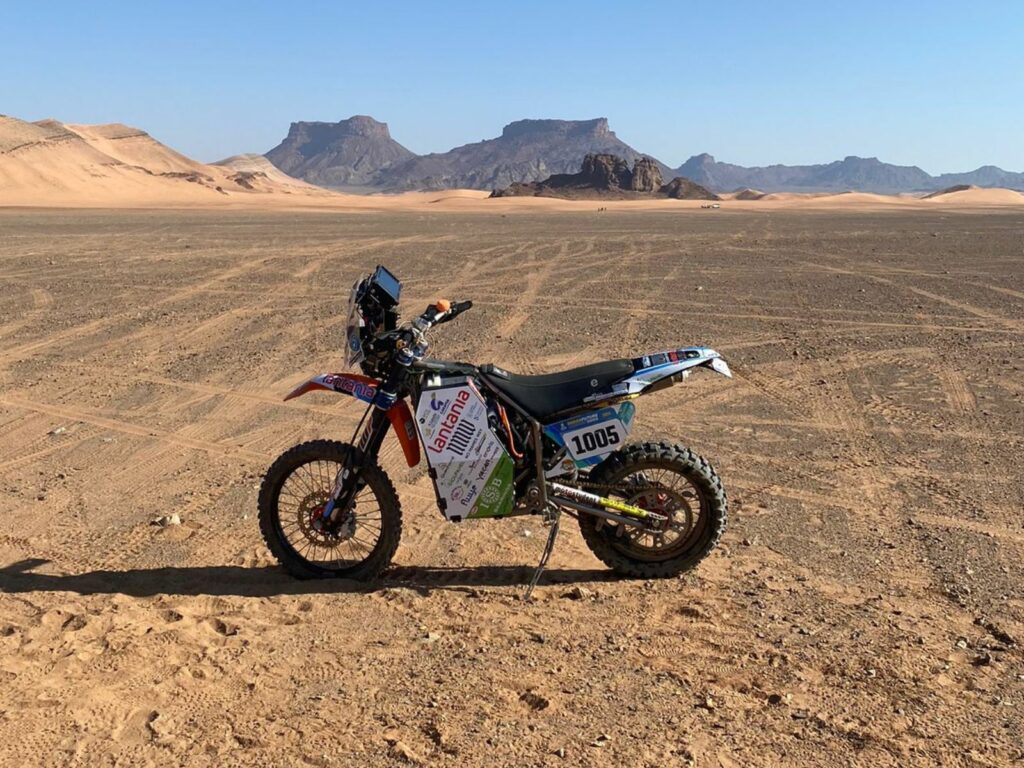
The motorcycle had been severely damaged during transport and had a problem with the front wheel sprocket. “That night we drove 850 kilometers to the next camp, arrived at 7am, got out of the van and started repairs. At 16pm the bike was ready again... and I was able to rest."
“From the resting stage onwards, we had good special stages from an efficiency point of view, but unfortunately, they were affected by navigation problems. Personally, I was very satisfied because we were starting to make the most of our motor, which never gave us any problems, except for some power limitations due to the high temperature in the dune areas. The Dakar is an unpredictable event and this edition was particularly tough for assistance, every day was a real odyssey to get started. It was so tough that we thought it couldn't get any worse." But, as we know, this is almost always a vain hope...
“We arrived at the fateful special test 11. On paper, it was our best special test; we had even recovered 24 minutes on the first bike, but 6 kilometres from the finish line, we had a fateful fall. The front wheel first hit a hole, and immediately after a rock, the effort caused the front part of the chassis to give way, and our rider ended up on the ground – Elias shakes his head – There's not much else to say; the video of the fall went around the world. We were just a few kilometres from the finish line of Mission 1000."
In the end, however, the Wattpower Racing team managed to bring its "Touareg" to the third step of the podium in the toughest race in the world: a bittersweet result.
“Thousands of thoughts ran through our minds at that moment… and many asked us if we would return next year. I'm still not sure I have an answer – reflects Elias – The truth is that, only in 2017, participating in the Dakar with an electric motorbike was an absurd idea, a locura (madness), but in this edition we have shown that we can do it. My personal goal for 2025 would be to get the funds to build another bike and try again... and my never-ending dream, when the big brands arrive, to be part of one of these projects." Why not.
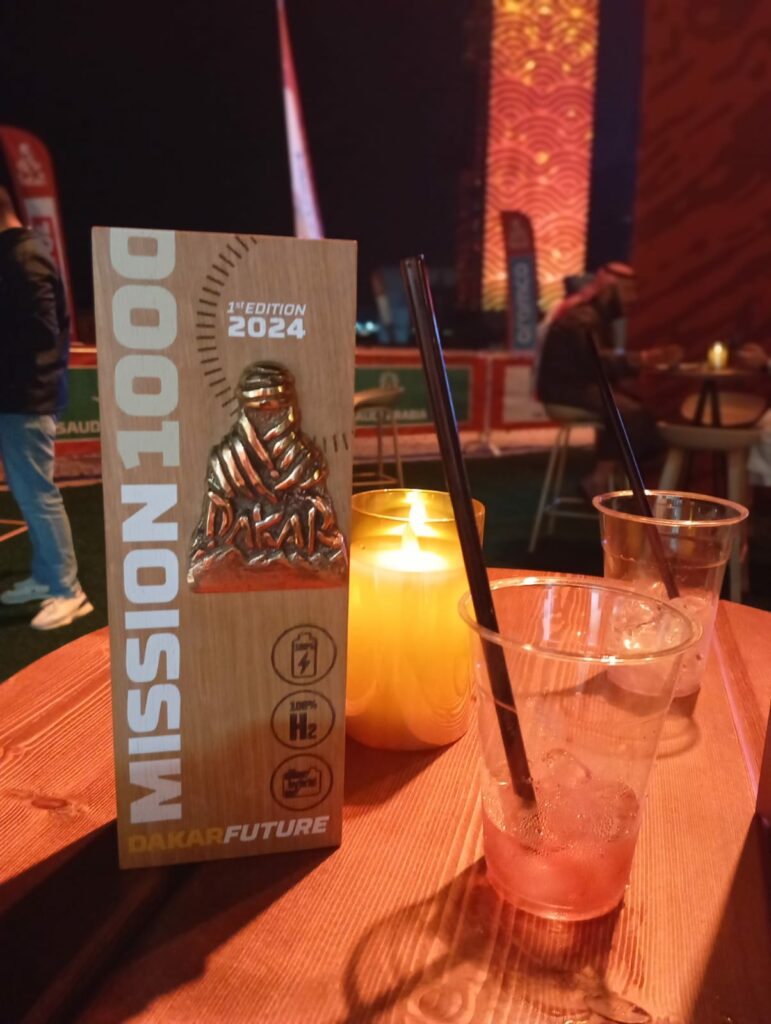
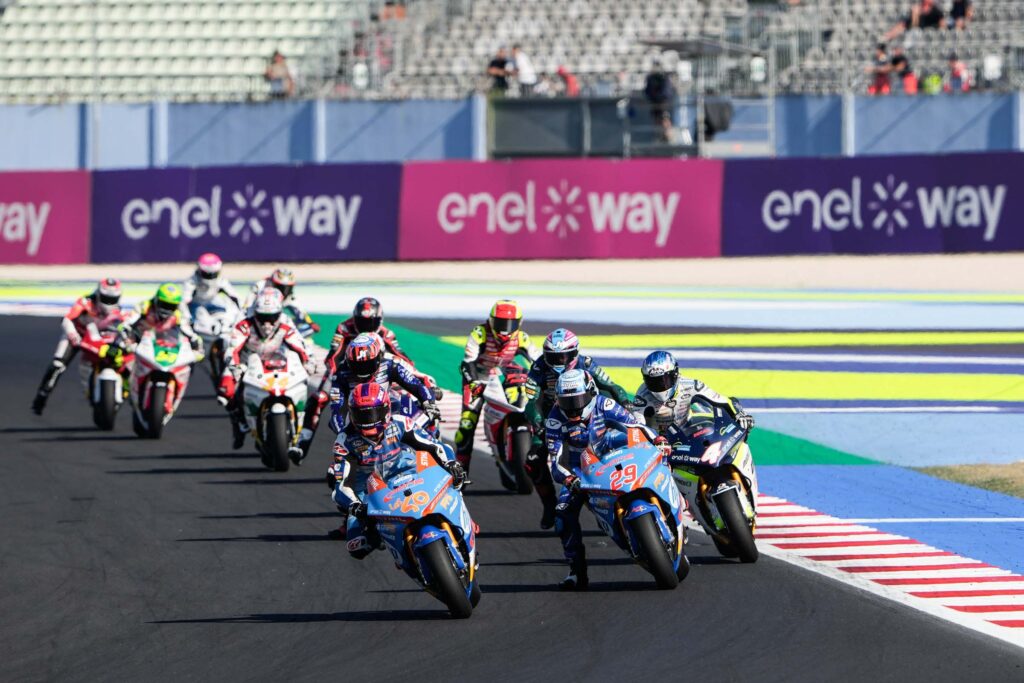
MotoE World Championship 2024
The calendar of MotoE 2024: 16 races and the new-entry of Portimao
To be updated on the MotoE World Championship, subscribe to Epaddock's Whatsapp broadcast and receive all our news for free on your mobile phone in real time: find out how here.













